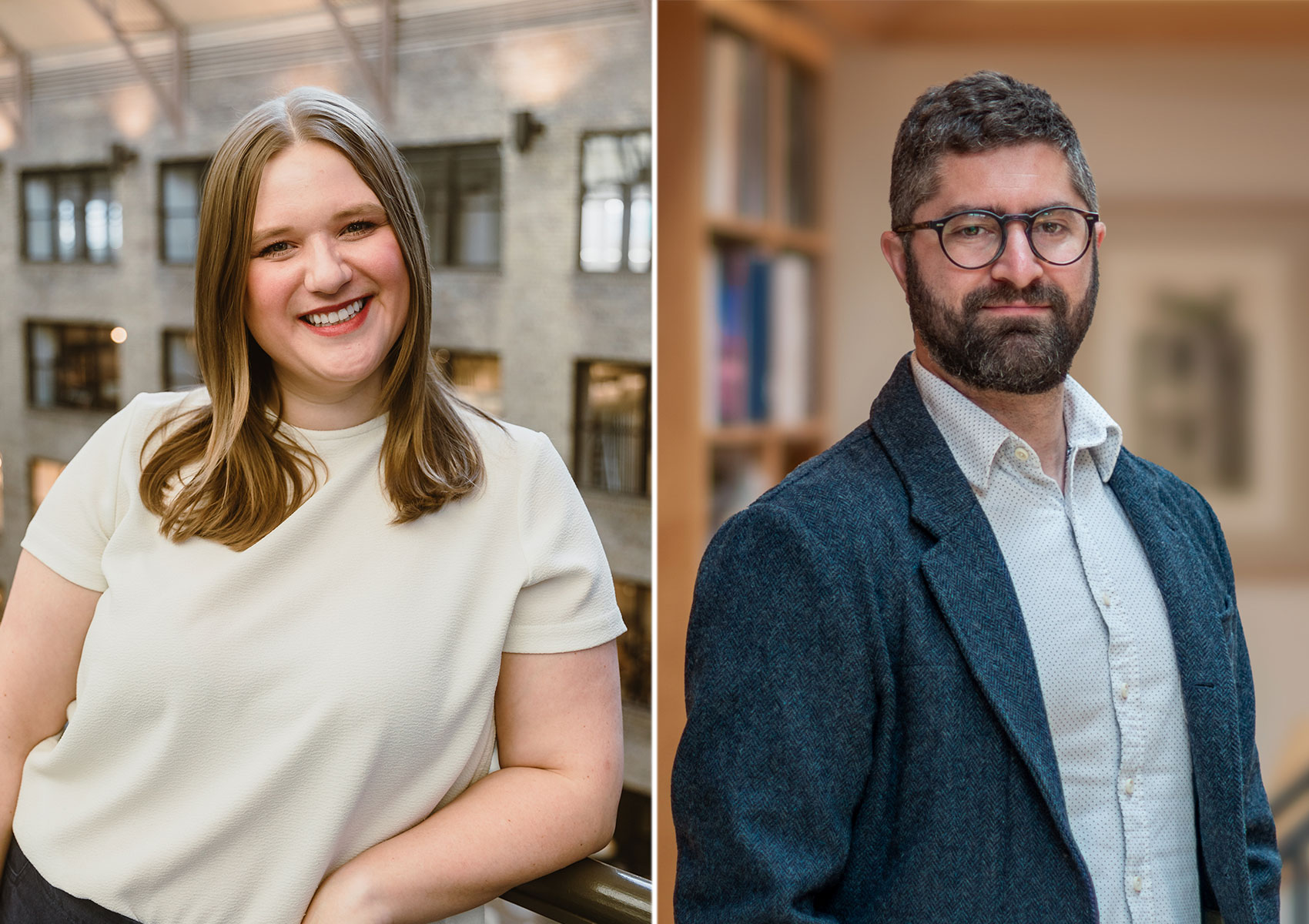Personal Impact, Professional Opportunity
by Mary-Margaret Zindren, CAE, EVP/Executive Director
The smoky haze that has enveloped our state for the past few days is bringing with it the worst air quality ever documented in Minnesota – and is bringing home the impacts of climate change.
Children and seniors have been encouraged to limit their time outside. People with compromised respiratory systems are especially cautioned. This at a time when so many of us are excited to reunite with loved ones through experiencing the lakes and woods that make Minnesota special.
If your friends and family are like mine, they are all concerned about the smoke and poor air quality. A good number of them are talking about it in the context of climate change and how they can take action to reduce their family’s carbon footprint and to protect themselves from climate impacts – personal actions like adding or switching to heat pumps (recognizing that natural ventilation through open windows isn’t always comfortable or smart in these conditions) or buying e-vehicles and e-bikes (recognizing that traditional cycling constitutes “vigorous exercise” and isn’t advisable when air quality is poor).
The vast majority of these people who are close to me have no opportunity to take meaningful climate action as professionals; with careers as graphic designers, therapists, fundraising consultants, elementary school principals, and language teachers, their days are spent in work that is several degrees removed from climate action. Unless they change the course of their careers dramatically, their actions related to climate change will overwhelmingly remain in the realm of the personal.
Architects, architectural designers, and other members of the AEC industry are fortunate to have more options. We are among those whose professional endeavors are inherently related to climate change. Our work, alone and in collaboration with others, can reduce carbon emissions and mitigate climate impacts.
These opportunities manifest at both individual and collective levels. It can be the focus of your specializations and skills, and integrated into regularly-occurring tasks and decisions; it can be woven into the work of internal teams, organization-wide approaches, and multi-disciplinary collaborations on projects of various scales and types.
In the end, it doesn’t matter why you and your collaborators design for climate change – whether you see it primarily as an ethical responsibility, a smart business decision, a way to win awards, or a risk-management issue. It really just matters that it happens.
No matter your motivations, recognize that you have more opportunity than most to protect the health and safety of people and the planet; that the way you approach your work in architecture can help ensure this place that the Dakota named Mni Sota Makoce – the “land where the waters reflect the skies” – has a future where that reflection is more blue than gray.
Children and seniors have been encouraged to limit their time outside. People with compromised respiratory systems are especially cautioned. This at a time when so many of us are excited to reunite with loved ones through experiencing the lakes and woods that make Minnesota special.
If your friends and family are like mine, they are all concerned about the smoke and poor air quality. A good number of them are talking about it in the context of climate change and how they can take action to reduce their family’s carbon footprint and to protect themselves from climate impacts – personal actions like adding or switching to heat pumps (recognizing that natural ventilation through open windows isn’t always comfortable or smart in these conditions) or buying e-vehicles and e-bikes (recognizing that traditional cycling constitutes “vigorous exercise” and isn’t advisable when air quality is poor).
The vast majority of these people who are close to me have no opportunity to take meaningful climate action as professionals; with careers as graphic designers, therapists, fundraising consultants, elementary school principals, and language teachers, their days are spent in work that is several degrees removed from climate action. Unless they change the course of their careers dramatically, their actions related to climate change will overwhelmingly remain in the realm of the personal.
Architects, architectural designers, and other members of the AEC industry are fortunate to have more options. We are among those whose professional endeavors are inherently related to climate change. Our work, alone and in collaboration with others, can reduce carbon emissions and mitigate climate impacts.
These opportunities manifest at both individual and collective levels. It can be the focus of your specializations and skills, and integrated into regularly-occurring tasks and decisions; it can be woven into the work of internal teams, organization-wide approaches, and multi-disciplinary collaborations on projects of various scales and types.
In the end, it doesn’t matter why you and your collaborators design for climate change – whether you see it primarily as an ethical responsibility, a smart business decision, a way to win awards, or a risk-management issue. It really just matters that it happens.
No matter your motivations, recognize that you have more opportunity than most to protect the health and safety of people and the planet; that the way you approach your work in architecture can help ensure this place that the Dakota named Mni Sota Makoce – the “land where the waters reflect the skies” – has a future where that reflection is more blue than gray.
View the August 2021 edition of Matrix.


